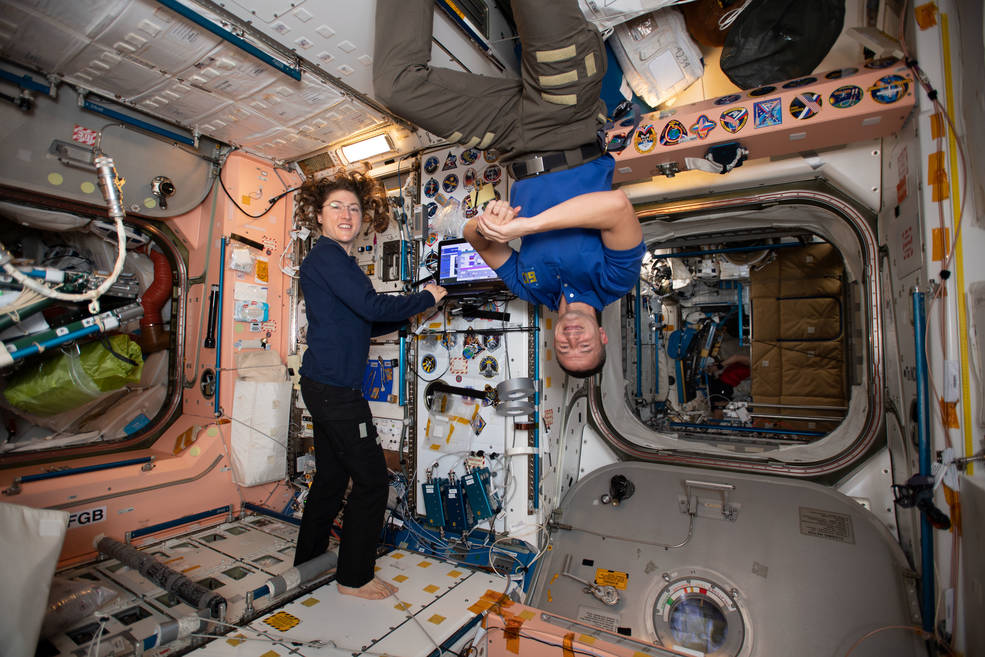NuVant Systems, an A3 Global Company, is the first company to put an autonomous electrochemical potentiostat on the International Space Station (ISS). In partnership with NASA, Northeastern University, and the University of Texas at El Paso, the experiments turned wastewater into electrochemical energy. Suborbital payload opportunities, e.g., Virgin Galactic or Blue Origin, will be considered in the near future with an astronaut doing the electrochemical measurement in microgravity. The results will be published in a peer-reviewed article shortly, but a preprint is available here. Congratulations to Eugene Smotkin of Northeastern, Jonathan Doan, and Toshko Tzvetkov from NuVant Systems on their forthcoming publication.

Abstract:
An autonomous electrochemical system prototype for ammonia oxidation reaction (AOR) measurements was efficiently done inside a 4" x 4" x 8" 2U Nanoracks module at the International Space Station (ISS). This system, the Ammonia Electrooxidation Lab at the ISS (AELISS), included an autonomous electrochemical system that complied with NASA ISS nondisclosure agreements, power, safety, security, size constrain, and material compatibility established for space missions. The integrated autonomous electrochemical system was tested on-ground and when deployed to the International Space Station as a “proof-of-concept” ammonia oxidation reaction testing space devise. Cyclic voltammetry and chronoamperometry measurements were done at the ISS with a commercially available channel flow-cell with eight screen-printed electrodes, including Ag quasi-reference (AgQRE) and carbon counter electrodes. Pt nanocubes in Carbon Vulcan XC-72R were used as the catalyst for the AOR and 2 μL drop of Pt nanocubes/ Carbon Vulcan XC-72R, 20 wt%, ink was placed on the carbon working electrodes and allowed to dry in air. After the AELISS was prepared for launch to the ISS, a four days deal (two days in the space vehicle Antares and two days transit to the ISS) cause a slight shift on the AgQRE potential. Nevertheless, the AOR cyclic voltametric peak was observed in the ISS and showed ca. 70% current density decrease due to the buoyancy effect in agreement with previous microgravity experiments done at the zero-g airplane.



